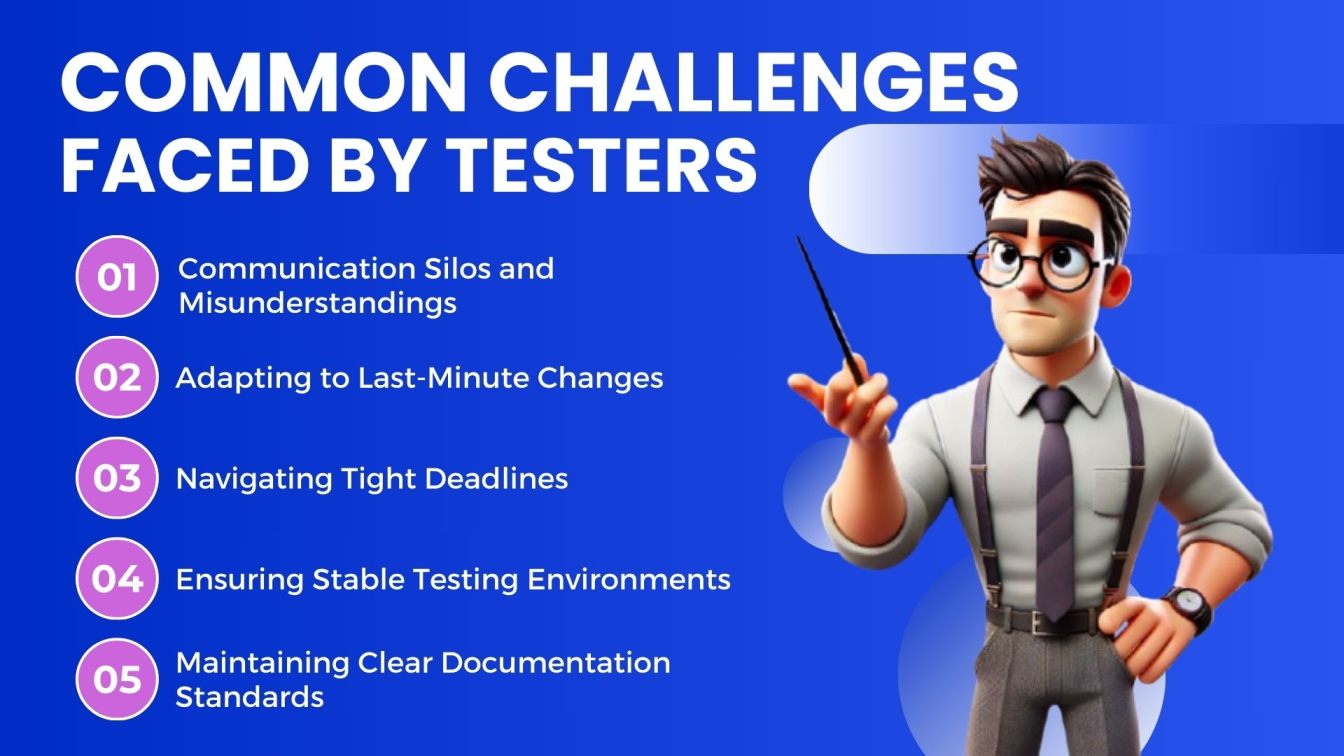Software testing is an integral part of the software development lifecycle (SDLC), ensuring that applications meet high standards of quality, reliability, and performance. With numerous testing methodologies available, it can be challenging to determine the right approach for your project. This guide delves deep into the world of software testing methodologies, offering a comprehensive overview of each type, its advantages, limitations, and best use cases.

What Are Software Testing Methodologies?
Software testing methodologies are systematic approaches used to evaluate the functionality, performance, and reliability of software applications. These methodologies help identify defects, verify that the software meets requirements, and ensure a seamless user experience.
Key Categories of Software Testing Methodologies
Software testing methodologies can broadly be classified into manual testing and automation testing. Within these categories, there are various specialized methodologies, including:
1. BlackBox Testing
2. WhiteBox Testing
3. GrayBox Testing
4. Exploratory Testing
5. Functional Testing
6. NonFunctional Testing
7. Regression Testing
8. Smoke Testing
9. Sanity Testing
Let’s explore each methodology in detail.
1. BlackBox Testing
Definition:
Blackbox testing focuses on testing the software’s functionality without knowledge of its internal code or logic. Testers validate the inputoutput behavior of the application.
Advantages:
No programming knowledge required.
Focuses on user experience and behavior.
Best Use Cases:
User acceptance testing (UAT).
Functional testing of web or mobile apps.
2. WhiteBox Testing
Definition:
Whitebox testing examines the internal structure, logic, and code of the application. It’s often performed by developers or testers with coding expertise.
Advantages:
Identifies logical errors and vulnerabilities.
Improves code quality.
Best Use Cases:
Security testing.
Unit testing during development.
3. GrayBox Testing
Definition:
Graybox testing is a hybrid approach that combines elements of both blackbox and whitebox testing. Testers have partial knowledge of the internal system.
Advantages:
Efficient for identifying complex issues.
Bridges the gap between developers and testers.
Best Use Cases:
Integration testing.
Testing APIs and backend services.
4. Exploratory Testing
Definition:
Exploratory testing is an unscripted testing approach where testers actively explore the software to identify defects.
Advantages:
Encourages creativity and intuition.
Ideal for identifying edge cases.
Best Use Cases:
Initial stages of testing.
Testing new features or updates.
5. Functional Testing
Definition:
Functional testing evaluates whether the software behaves as expected based on specified requirements.
Advantages:
Ensures that all features work correctly.
Simulates realworld usage scenarios.
Best Use Cases:
Testing login systems, form submissions, or payment gateways.
6. NonFunctional Testing
Definition:
Nonfunctional testing focuses on software performance, usability, and scalability rather than functionality.
Advantages:
Enhances user experience.
Improves reliability under stress.
Best Use Cases:
Load testing, stress testing, and usability testing.
7. Regression Testing
Definition:
Regression testing verifies that changes in the code (e.g., bug fixes or new features) don’t negatively affect existing functionality.
Advantages:
Maintains software stability over time.
Identifies side effects of code changes.
Best Use Cases:
After major updates or code refactoring.
8. Smoke Testing
Definition:
Smoke testing is a preliminary test to ensure the basic functionalities of the application work correctly.
Advantages:
Quick validation of build stability.
Saves time by identifying major issues early.
Best Use Cases:
Postdeployment testing.
Initial build verification in CI/CD pipelines.
9. Sanity Testing
Definition:
Sanity testing verifies specific functionalities or bug fixes in a focused manner.
Advantages:
Quick and targeted testing.
Validates fixes without exhaustive testing.
Best Use Cases:
Postbug fixes or minor code changes.
Choosing the Right Testing Methodology
Selecting the right testing methodology depends on several factors, including:
1. Project Complexity: For complex applications, a mix of methodologies (e.g., functional and regression testing) may be required.
2. Budget and Resources: Automation testing may require a higher initial investment but pays off for largescale or repetitive tests.
3. Development Approach: Agile and DevOps teams often prioritize methodologies like exploratory testing, continuous testing, or BDD.
Best Practices for Implementing Testing Methodologies
1. Understand Requirements: Collaborate with stakeholders to clarify testing objectives.
2. Plan Thoroughly: Define a testing strategy, including scope, timelines, and tools.
3. Automate Where Feasible: Use automation tools for repetitive tasks to save time and reduce errors.
4. Prioritize Tests: Focus on critical functionalities first.
5. Monitor and Improve: Continuously track testing metrics to enhance efficiency.
Emerging Trends in Testing Methodologies
As software development evolves, testing methodologies are also advancing. Here are some notable trends:
1. ShiftLeft Testing: Involving QA earlier in the development process to prevent defects.
2. AIPowered Testing: Using AI to automate test case generation and defect prediction.
3. Continuous Testing: Integrating testing into CI/CD pipelines for faster feedback.
Conclusion
Understanding and applying the right software testing methodologies is key to delivering highquality software. Each methodology serves a unique purpose and comes with its own advantages. By leveraging these approaches strategically, QA teams can ensure robust, reliable, and userfriendly applications.
FAQs
1. What is the most common testing methodology?
Functional testing is widely used to verify whether the software meets its functional requirements.
2. Can manual and automation testing coexist?
Yes, both approaches complement each other. Manual testing is ideal for exploratory and usability testing, while automation excels at repetitive and regression tests.
3. What is the difference between smoke and sanity testing?
Smoke testing validates the basic functionality of a build, while sanity testing focuses on specific bug fixes or changes.
4. How do you decide which testing methodology to use?
Consider project complexity, timeline, budget, and team expertise to choose the most suitable methodology.
5. What tools are commonly used for automation testing?
Popular tools include Selenium, Appium, TestComplete, and JUnit.



